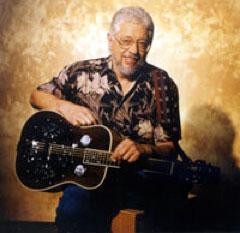
Music
Bowling Green’s Grammy Winner Curtis “Dr. Dobro” Burch
The idea of interviewing Curtis Burch seemed strange to me at first. How could I sit and ask ... Read more

The idea of interviewing Curtis Burch seemed strange to me at first. How could I sit and ask ... Read more